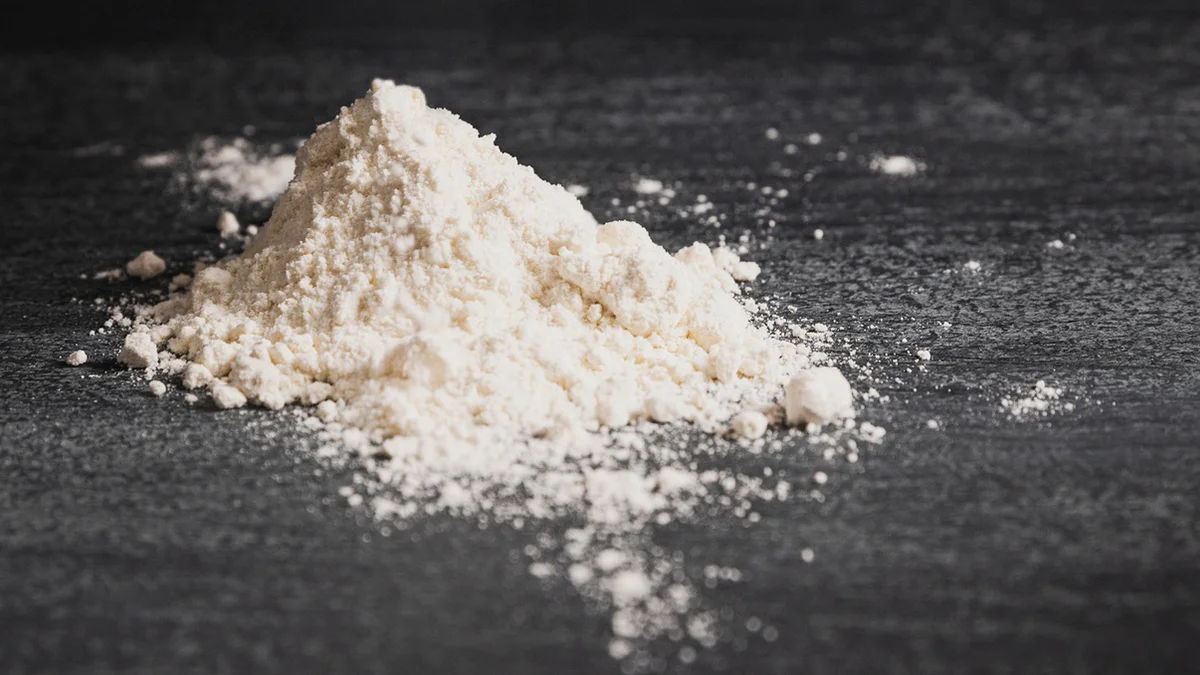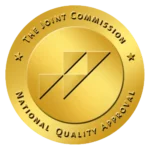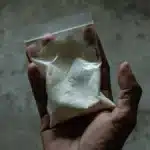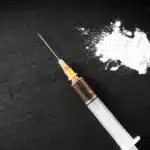Heroin Vs. Fentanyl Risks And Potential
Heroin and fentanyl are both powerful substances that can cause serious health challenges. While they may seem similar, their effects and risks differ significantly. Heroin is an opioid that alters brain chemistry and produces intense feelings of euphoria. Fentanyl, a synthetic opioid, is much stronger and can be deadly in even small amounts.
Both substances can lead to dependence, which is why it is vital to learn about their dangers. Awareness of their impact on the brain and body is essential. Individuals should be mindful of these risks. In this article, we will compare heroin and fentanyl, highlighting their differences and impact.
Key Takeaways
Heroin and fentanyl are potent opioids with serious risks. Here’s what you need to know:
- Fentanyl’s potency increases overdose danger even in small doses.
- Heroin can lead to long-term health problems with repeated use.
- Treatment involves therapy and harm-reduction strategies for recovery.
The Haven Detox-Little Rock empowers young minds to overcome challenges and unlock their full potential. For more information, call us at (501) 271-3342.
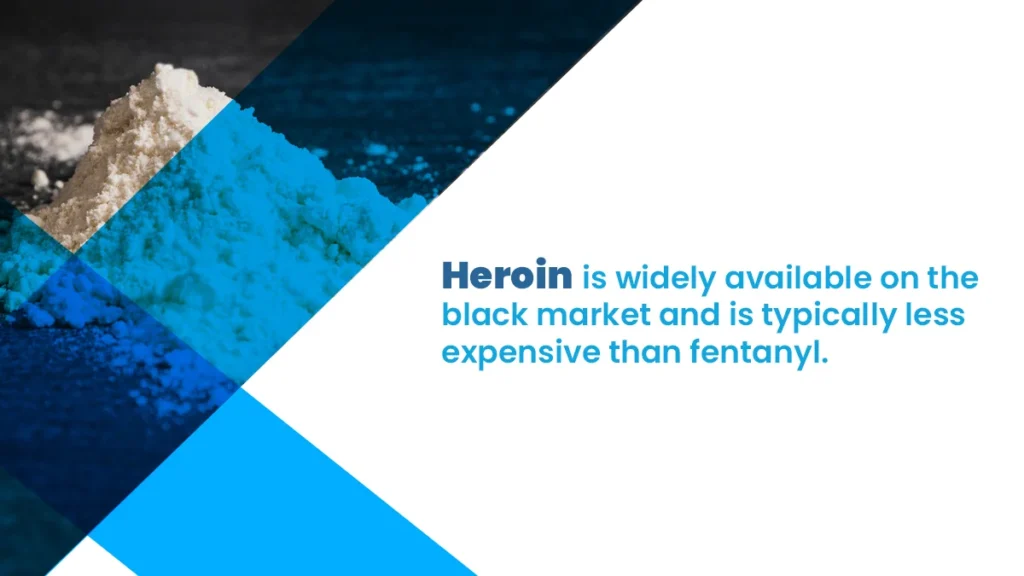
Opioid Crisis: Overview
The opioid crisis has significantly impacted public health across the United States. Two substances, heroin and fentanyl, are central to this crisis, with severe effects on individuals, families, and communities.
The opioid crisis involves the widespread misuse of both prescription and illicit opioids. Heroin and fentanyl, in particular, contribute to rising addiction rates and overdose deaths, highlighting the need for awareness and prevention.
Heroin: Explained
Heroin is an illegal opioid with strong effects on the brain and body. It has a long history of misuse, leading to serious health consequences for individuals who come into contact with it.
History And Origin
Heroin was first synthesized in the late 19th century as a medical alternative to morphine. Over time, it became widely abused for its euphoric effects, eventually leading to its classification as a controlled substance.
Chemical Composition
Heroin is derived from morphine, a natural substance found in opium poppies. It has a similar structure to morphine but is much more potent, leading to its higher abuse potential.
Methods Of Use And Administration
Heroin is typically injected, snorted, or smoked. These methods allow the drug to enter the bloodstream quickly, intensifying its effects and increasing the risk of overdose.
Effects And Potency
Heroin produces a powerful rush of euphoria, followed by drowsiness and relaxation. The effects can last a few hours, but repeated use often increases tolerance and dependence.
Health Risks And Side Effects
Heroin use can cause a range of harmful effects, including respiratory depression, heart problems, and overdose. Chronic use may lead to long-term health issues such as liver disease, brain damage, and mental health problems.
Fentanyl: Explained
Fentanyl is a synthetic opioid that is much stronger than heroin. While it has significant medical uses, its illegal production has led to a substantial number of overdose deaths.
Discovery And Medical Use
Fentanyl was developed in the 1960s for pain management, especially in patients undergoing surgery. It is commonly prescribed in the form of patches or lozenges for severe pain but is highly regulated due to its potency.
Chemical Composition
Fentanyl is chemically similar to morphine but is estimated to be 50 to 100 times more potent. This increased potency makes fentanyl much more dangerous, mainly when obtained illicitly.
Methods Of Use And Administration
Fentanyl can be administered in several ways, including as a patch, injection, or tablet. Illicit fentanyl is often mixed with other drugs, such as heroin, which increases the risk of overdose.
Effects And Potency
Fentanyl produces effects similar to heroin, including euphoria and pain relief. However, due to its higher potency, it carries a much greater risk of overdose, even in small amounts.
Health Risks And Side Effects
Fentanyl poses serious health risks, including respiratory failure, coma, and death. It can be hazardous when individuals are unaware they are consuming it, as its potency is much greater than that of heroin.
Comparing Heroin And Fentanyl
Both heroin and fentanyl are potent opioids, but they differ in meaningful ways. Their effects, costs, and risks highlight the dangers of both substances.
Potency And Effects
Fentanyl is far more potent than heroin, even in small doses. Both drugs produce similar effects, such as euphoria and pain relief, but fentanyl carries a much higher risk of overdose.
Availability And Cost
Heroin is widely available on the black market and is typically less expensive than fentanyl. Fentanyl, however, has become more prevalent due to its high potency, making it more common in illegal drug markets.
Routes Of Administration
Both heroin and fentanyl can be injected, snorted, or smoked. Fentanyl is also available in patches, tablets, or nasal sprays when prescribed for medical purposes.
Risk Of Addiction And Overdose
Both drugs are highly addictive, with a strong potential for dependence. However, fentanyl’s potency makes it particularly dangerous, as even a slight overdose can be fatal.
Medical And Illicit Uses
Heroin and fentanyl both have medical and illicit uses, but the way they are used differs significantly. Their medical applications contrast sharply with their abuse potential.
Heroin In Medical And Illicit Contexts
Heroin is not used medically in the United States due to its high abuse potential. Illicitly, it is often obtained through illegal channels, where it is abused for its euphoric effects.
Fentanyl: Medical Uses Vs. Illicit Manufacturing
Fentanyl is used legally in medical settings to treat severe pain. However, it is also illegally manufactured and mixed with other substances, often leading to overdose deaths.
Public Health Impact
Both heroin and fentanyl have had a profound impact on public health. The opioid crisis continues to strain healthcare systems and affect communities nationwide.
Public Health Responses And Challenges
Public health organizations are working to address the opioid crisis through education, prevention, and treatment. However, the widespread availability of these substances presents ongoing challenges.
Effects On Families And Communities
The impact of heroin and fentanyl use extends beyond individuals, affecting families and entire communities. Families often face emotional and financial burdens due to the effects of opioid abuse.
Treatment And Recovery
Effective treatment and recovery programs are essential for those affected by heroin and fentanyl use. Various approaches focus on helping individuals regain control of their lives.
Approaches To Addiction Treatment
Addiction treatment for heroin and fentanyl typically includes therapy, medication-assisted treatment, and support groups. These methods aim to help individuals overcome physical and psychological dependence.
Harm Reduction Strategies
Harm reduction strategies, such as needle exchange programs and naloxone distribution, aim to reduce the negative consequences of opioid use. These strategies provide individuals with the tools to prevent overdose and improve health outcomes.
Resources For Recovery
Numerous resources, including rehabilitation centers, support groups, and hotlines, are available to individuals seeking recovery. These resources help individuals access the treatment they need to recover and rebuild their lives.
Legal And Regulatory Aspects
Heroin and fentanyl are both highly regulated due to their dangerous effects. Legal measures are in place to control their distribution and use, but illicit markets continue to thrive.
Regulation Of Heroin
Heroin is illegal in the United States and classified as a Schedule I controlled substance. This classification reflects its high potential for abuse and lack of accepted medical use.
Regulation And Challenges In Controlling Fentanyl
Fentanyl is regulated, but its illegal production and distribution remain a significant challenge. The presence of fentanyl in other drugs complicates efforts to control its spread.
Law Enforcement Responses
Law enforcement agencies are working to disrupt the illegal trade of heroin and fentanyl. They focus on preventing the distribution of these substances and arresting those involved in illicit manufacturing and trafficking.
Frequently Asked Questions (FAQ)
Why is fentanyl considered more dangerous than heroin?
Fentanyl is more dangerous than heroin because it is much stronger. It binds to opioid receptors in the brain, causing a higher risk of opioid overdose. Illegal fentanyl, often mixed with other drugs like methamphetamine, cocaine, and black tar heroin, increases the chance of fentanyl overdose.
Drug dealers sometimes sell products laced with fentanyl, which makes them harder to detect. Fentanyl test strips can help identify these substances. Withdrawal symptoms from opioid use can be intense. The Drug Enforcement Administration (DEA) monitors fentanyl-related data to emphasize its connection to opioid addiction and drug overdose deaths. Prescription opioids, such as oxycodone, also contribute to the issue of opioid use disorder. Fortunately, there are treatment options available for those affected.
What are the signs of an overdose of heroin and fentanyl?
An overdose of heroin or fentanyl can cause serious health risks. Common signs include slow or difficult breathing, extreme drowsiness, confusion, and inability to stay awake. The skin may turn pale or blue, especially around the lips or fingertips. The heart rate may slow down, and muscle weakness may occur.
Immediate medical help is vital for someone showing these symptoms. The faster help arrives, the better the chances of recovery. Always stay alert to any changes in behavior or health.
Path To A Transformed Tomorrow
At The Haven Detox-Little Rock, we foster a nurturing space where individuals can heal and rebuild their lives.
We employ residential treatment designed to support individuals in overcoming opioid challenges, including heroin use. Our comprehensive programs provide a safe and structured environment for recovery.
With a dedicated team of specialists, we offer tailored treatment plans that focus on each teen’s individual needs. Whether heroin, opioid, or any other substance, we provide comprehensive care to help teens break free and rebuild their lives.
Every journey starts with a single step. Call us now at (501) 271-3342 to learn how to begin recovery.

